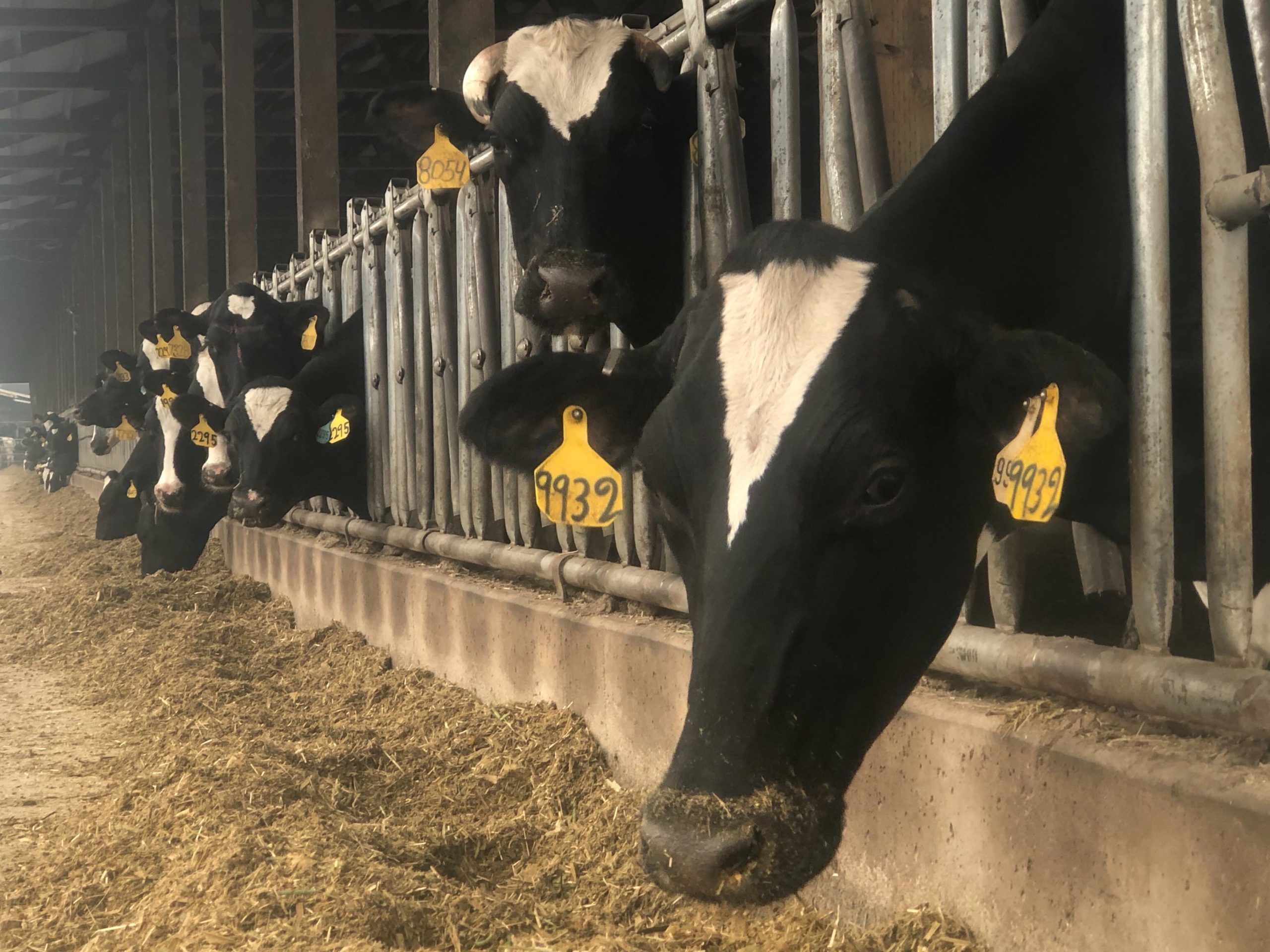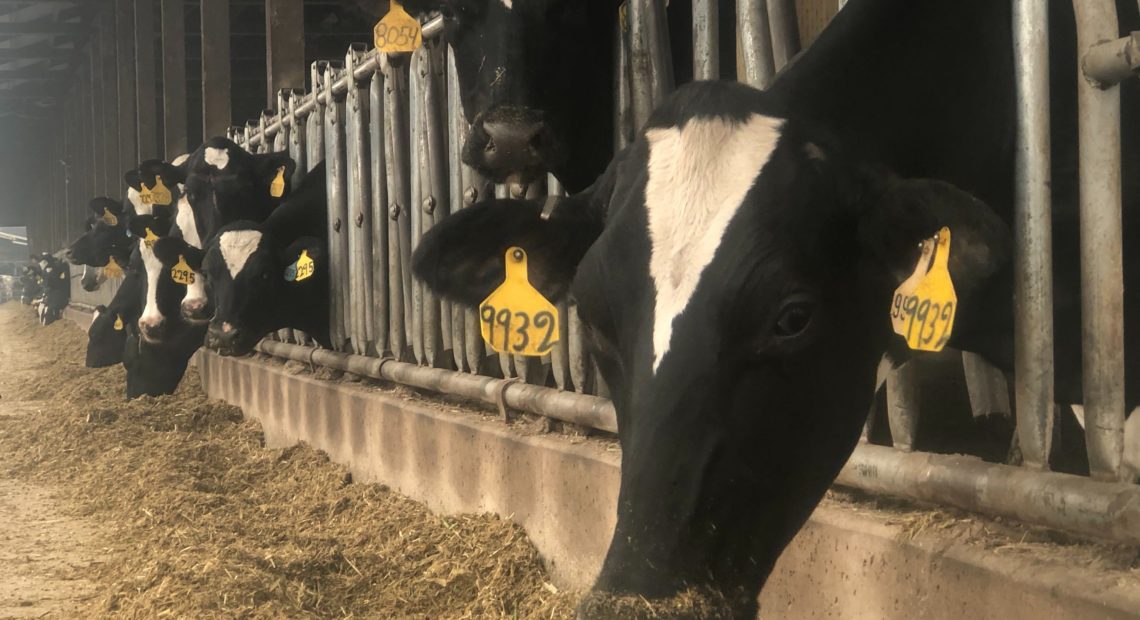
Milk-Shaken: Moving Northwest Dairy Cows Out Of Wildfire Danger Is Not Fun
Listen
With at least two dozen Oregon dairies threatened by raging wildfires, farmers are grappling with the delicate task of moving them to safer ground — or staying put.
Willamette Valley dairyman Brandon Hazenberg of St. Paul, Oregon, has been hauling feed and bedding, and offering up his dairy as a landing pad for those in need.
His cattle get milked three times a day, and they’re fed outside, so the heavy smoke is hard on the workers, he says. Hazenberg runs about 2,000 Holstein milking cows at the family farm.
He doesn’t think he can move that many cattle on rural roads, even if a fire were bearing down on them. The cows get stressed with wildfire smoke, getting put in trailers and when their routine is broken. Plus, anywhere you move them, the cows have to be milked.
But his farm is surrounded by burning foothills in nearly every direction.
“If a fire got down this far we’d probably pull out 20 irrigation guns and make a big buffer around ourselves, something, I don’t know,” Hazenberg says.
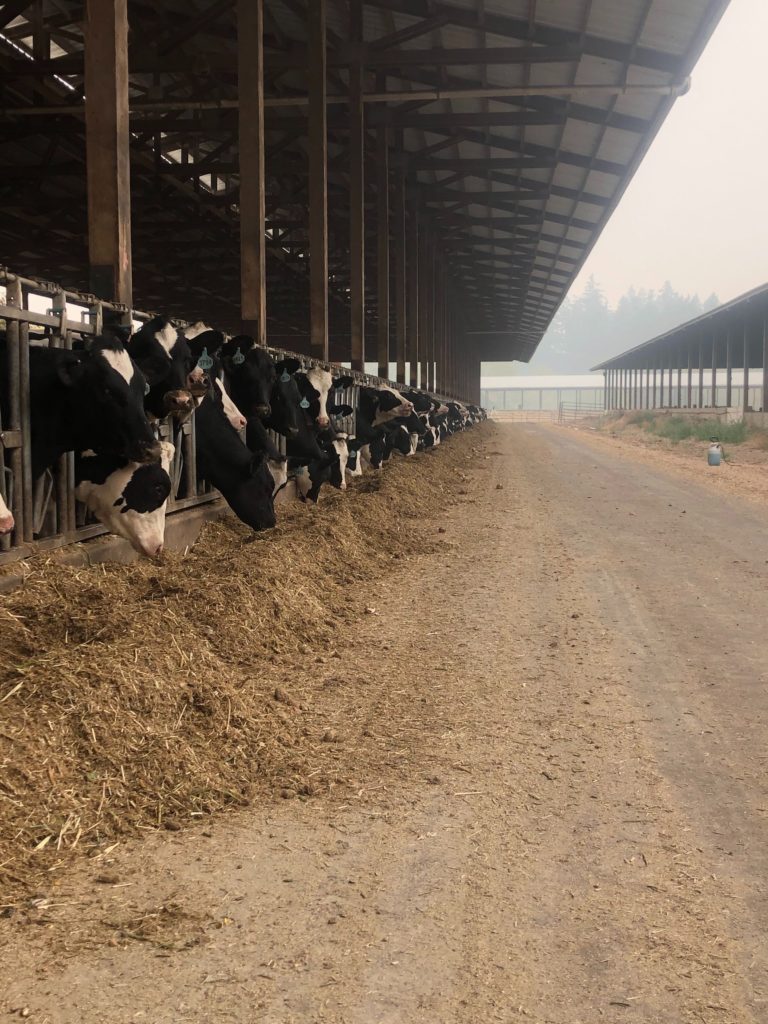
Brandon Hazenberg’s farm is inundated with smoke and surrounded by fires, but the cows can’t be evacuated. Courtesy of Brandon Hazenberg
But he’s also worried about other things right now.
“We haven’t gotten to that point, to even start to think about that,” he says. “We’re more worried about our neighbors and people who are in the direct path (of the fires) right now. We’re worried about our employees and the air quality and our cows.”
Sticking with the herd
There are dairy cattle at risk in Clackamas, Marion, Tillamook counties and southern Oregon, according to Tami Kerr, executive director of the Oregon Dairy Farmers Association.
If you are moving young cattle that aren’t milking, Kerr says, they just need feed and water and a clean place to sleep.
“But if you’re moving your milking herd, you know the cows have to be milked twice a day,” Kerr says. “So, just making sure you have all the feed and the water. And they are larger animals so they need more people and trailers to move them.”
The average dairy in Oregon runs about 350 to 400 head of milking cattle, according to Josh Thomas with the Oregon Dairy and Nutrition Council, based in Portland.
Even for operations with that many cattle, moving in a hurry is not an option. So, he says, many farmers would stay with their herds even through evacuations.
“It’s extreme,” Thomas says. “The widespread nature of the fires have impacted farms in many parts of the state. It’s not just one defined region. It’s the coast, the valley, southern Oregon.”
Thomas says farm families are busy helping where they can.
“They’re moving animals, they’re providing meals, they’re providing places to stay — and really helping each other out,” he says. “It’s just neighbors helping neighbors in a time of need.”
In Prosser, Washington, one dairy family lost their home on Labor Day, but not their cattle.
Related Stories:
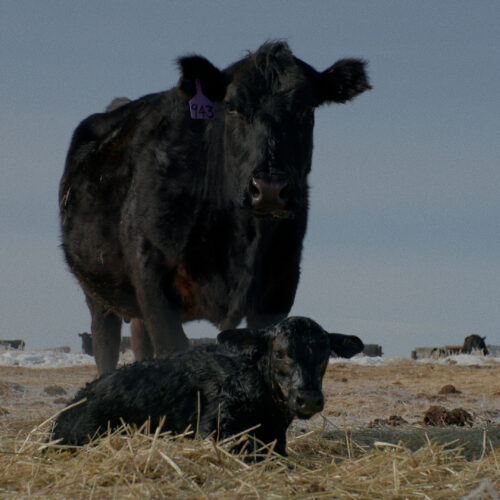
New film explores cattle mutilation mystery in Oregon
The film, “Not One Drop of Blood,” highlights the communities trying to solve the decades-long mystery of cattle mutilation. (Courtesy: Jackson Devereux and Lachlan Hinton) Listen (Runtime 6:00) Read Phineas
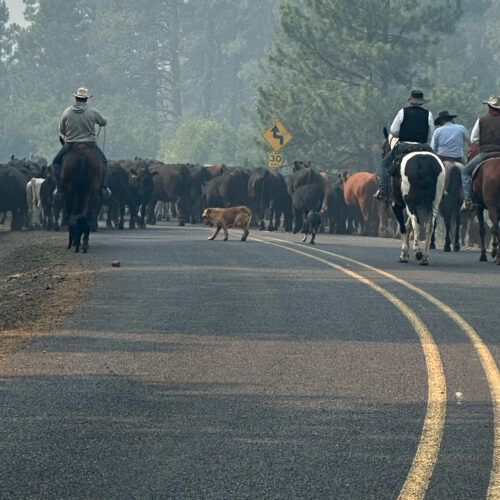
Burnt over cattle and lands: In southeast Oregon, grief-stricken ranchers are exhausted and frustrated by wildfires
Moving cattle out of a forest recently outside of Burns, Oregon. (Credit: Sabrina Maki) Listen (Runtime 4:33) Read Exhaustion and frustration: Ranchers in southeast Oregon are battling wildfire. Like many
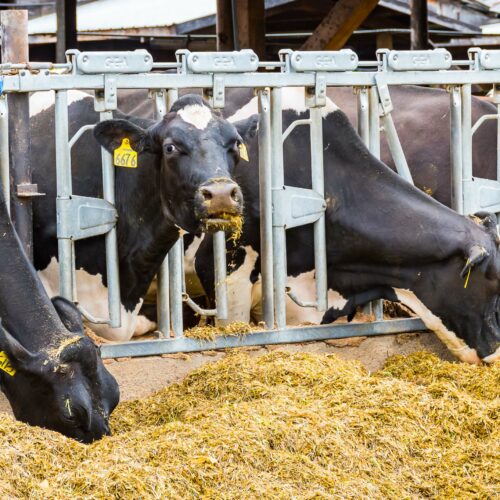
Migratory birds could cause avian influenza in Northwest dairy cattle
Northwest dairy cattle eat rations out of a feed bunk. (Credit: Washington State Department of Agriculture) Listen (Runtime :58) Read Experts say they are not sure how the highly-pathogenic avian

